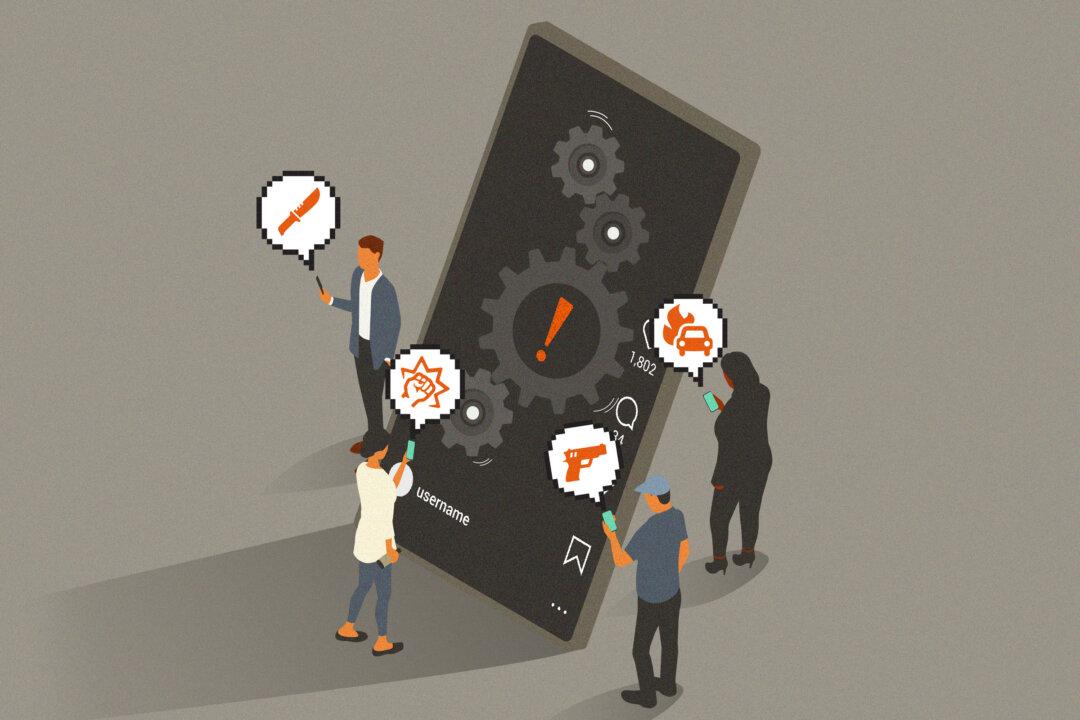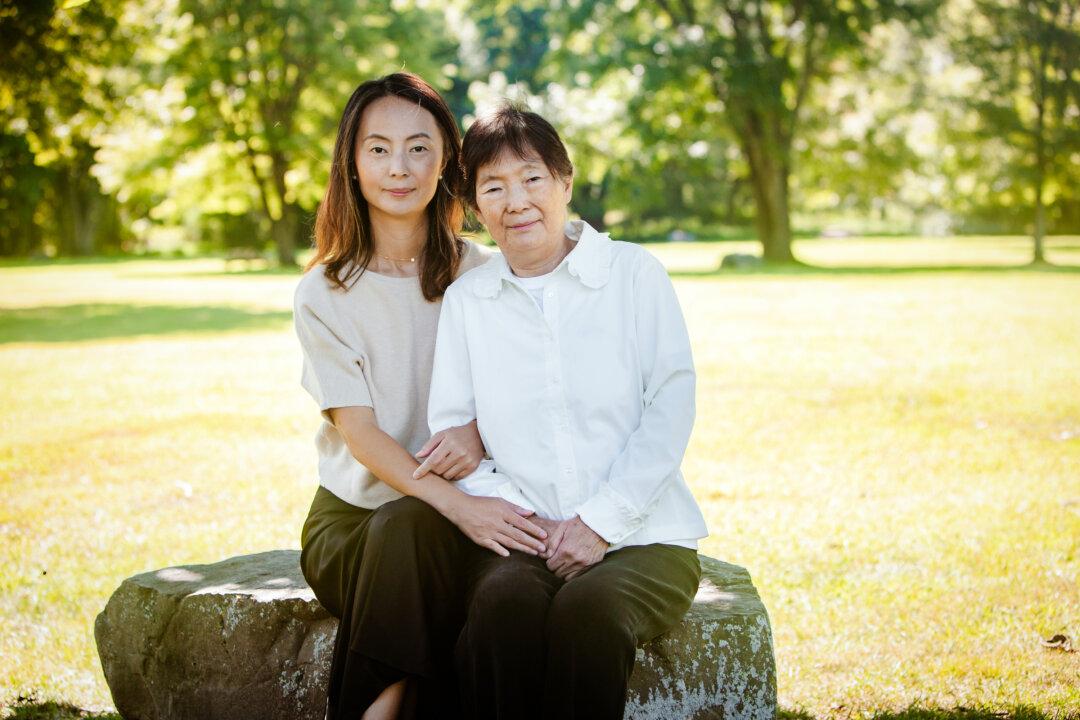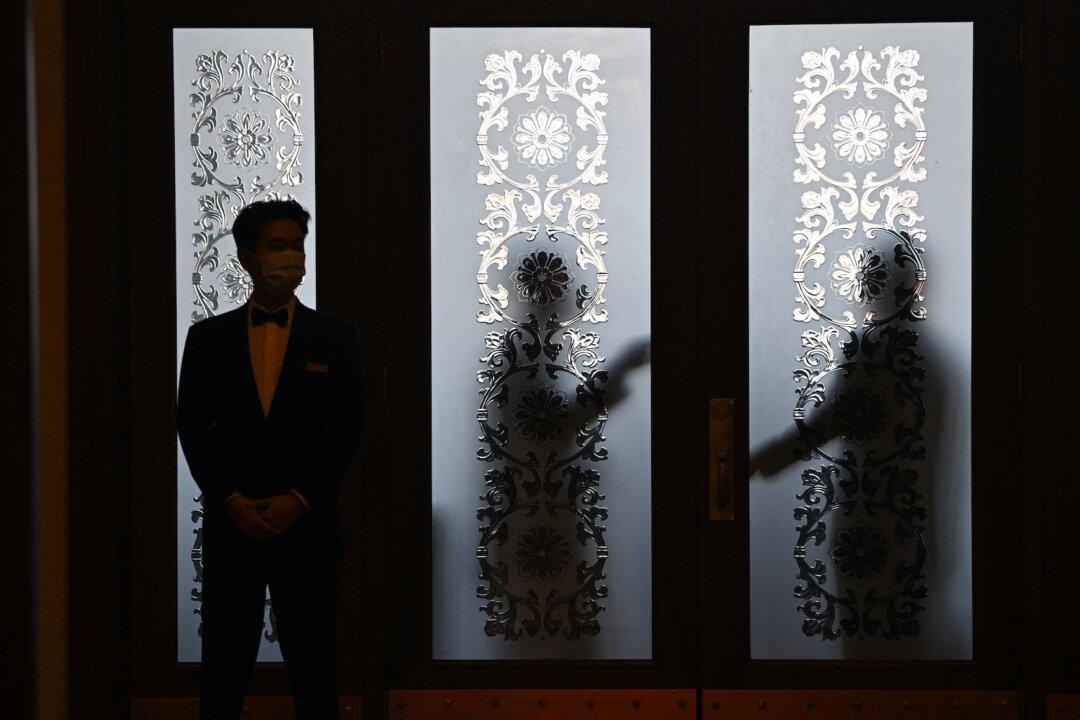NEW YORK—Justin Douglas had a security guard job interview at 2 World Trade Center on the morning of Sept. 11, 2001. But, he overslept—he was still in bed when terrorists struck the Twin Towers with hijacked jetliners.
Then 19, Douglas didn’t have big career plans. Instead, in the aftermath of 9/11, the demand for security guards skyrocketed, so he got a job at 101 Barclay Street—two blocks from Ground Zero.
Spending 11-hour shifts in front of the building, Douglas witnessed the shock and grief of New Yorkers. Every day, he watched as people came and laid flowers, crying for loved ones lost.
“It just clicked in my head—I wanted to serve my city,” Douglas said.
The NYPD had just created its Counterterrorism Bureau and he wanted in. He enrolled in college, earned a bachelor’s degree in criminal justice, and joined the force. Fourteen years after 9/11, he emerged as a member of the Critical Response Command (CRC), the police’s newly formed, elite counterterrorism unit.
“Every day I get up, going to work, I don’t know what my day’s going to be like,” Douglas said on Aug. 11. “But whatever it is, I’m willing to go out there and put the armor on, put the gun in my hand, and whatever happens, happens.”
The Counterterrorism Bureau
The NYPD stresses counterterrorism with unique intensity. Even 15 years after 9/11, the tragedy is the driving force for most CRC members, Douglas said.
“What keeps me going?” asked James Waters, who has been chief of the NYPD Counterterrorism Bureau since 2008.
“I never, ever want to see another 9/11 in this city, or anywhere else in this country, ever again.”
Prior to joining the bureau, Waters spent five years at the city’s Joint Terrorism Task Force, an agency coordinating the counterterrorism efforts between federal and local law enforcement.
The Counterterrorism Bureau was set up by then-Police Commissioner Raymond Kelly in 2002, just months after the attacks.
What for decades had been one small part of the police department suddenly became a priority—and it has been ever since.





